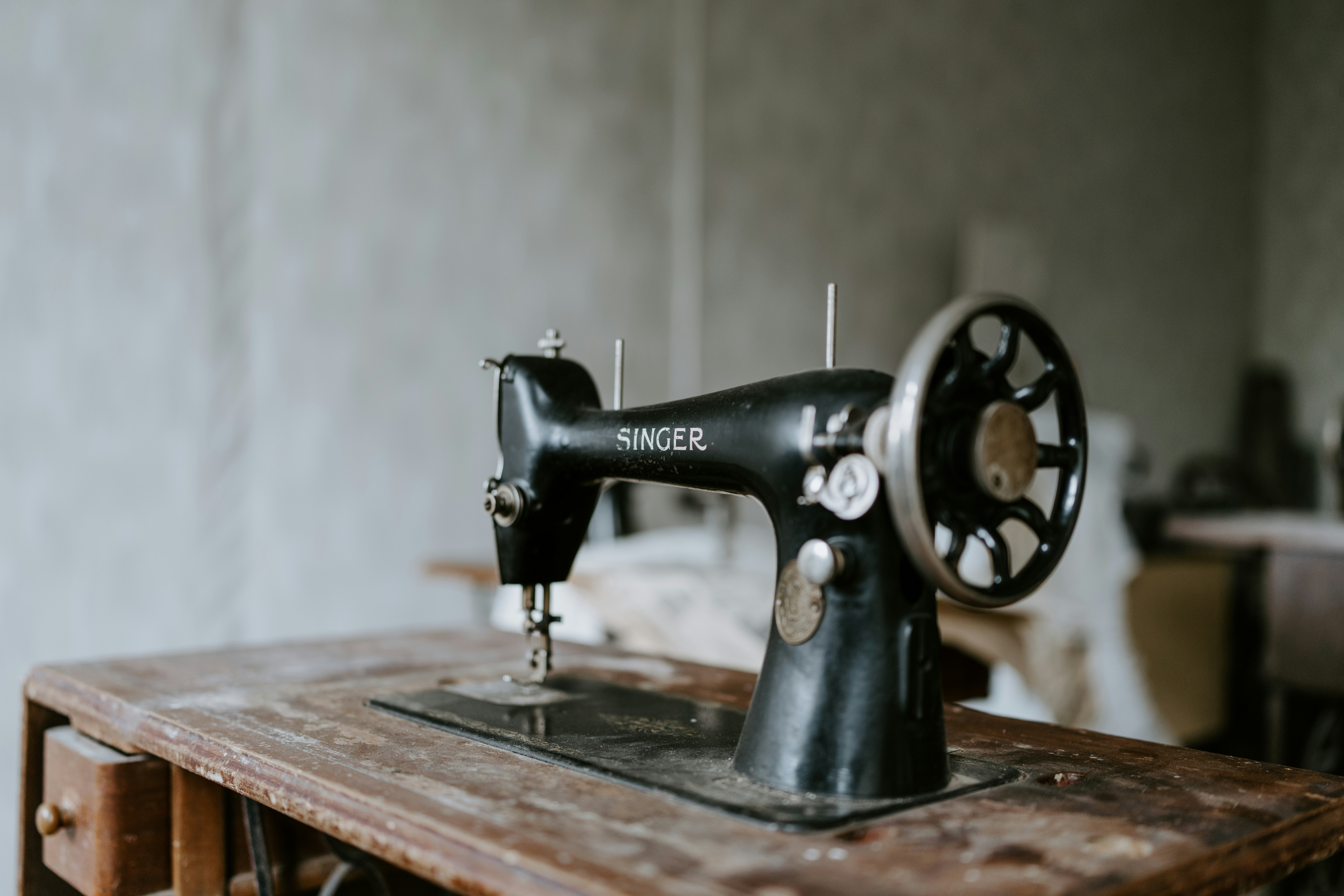Introduction to Sealing Machines
Sealing machines are the unsung heroes of many industries, ensuring products remain intact and protected from the elements. Whether you’re in packaging, construction, or manufacturing, a well-operated sealing machine can make all the difference in achieving efficiency and quality. Yet, operating these machines effectively often requires more than just pressing a button. It involves understanding their inner workings and optimizing every step of the process.
Imagine speeding up production times while minimizing waste—sounds appealing, right? That’s exactly what mastering your sealing machine can do for you. With some essential tips and insights under your belt, you’ll be ready to unlock its full potential. Let’s dive into how you can operate your sealing machine with precision and ease!
Importance of Operating a Sealing Machine Efficiently
Operating a sealing machine efficiently is crucial for any manufacturing process. It directly impacts productivity and product quality.
When the machine runs smoothly, it minimizes downtime. This efficiency leads to faster production cycles and increased output. Workers can focus on other tasks instead of troubleshooting frequent issues.
A well-operated sealing machine also ensures consistent seals. This consistency prevents leaks and defects in packaged goods, enhancing customer satisfaction.
Additionally, efficient operation reduces waste of materials. Less spillage or misapplication means more savings for your business.
Proper use of the sealing equipment contributes to safety as well. Well-sealed products are less likely to cause accidents during handling or transportation.
Investing time in learning how to operate these machines effectively pays off significantly over time. The benefits extend beyond immediate results; they foster long-term success in any production environment.
Preparing the Sealing Machine for Use
Before you start using your sealing machine, preparation is key. First, ensure the machine is clean and free of debris. Residue from previous jobs can affect performance and lead to defects in sealing.
Next, check all connections and components for wear or damage. Inspect seals, hoses, and fittings closely; even small issues can disrupt operations.
Make sure you have the right sealant ready for your specific application. Different materials require different types of sealants sealing machine compact that work harmoniously with your equipment.
It’s also important to review the manufacturer’s guidelines carefully. They often provide valuable insights on setup and operation tailored to your model.
Conduct a test run. This allows you to identify any potential problems before starting a full production run. A little preparation goes a long way toward ensuring smooth operations throughout your project.
Setting up the Machine for Optimal Performance

Setting up your sealing machine correctly is crucial for optimal performance. Start by ensuring the workspace is clean and free of debris. A tidy area helps avoid interruptions during operation.
Next, check that all components are securely attached. Loose parts can lead to inefficiencies or even damage the machine. Tighten any screws or fittings as needed.
Adjust the temperature settings according to the materials you will be working with. Different sealants have varying requirements; finding the right temperature enhances adhesion and ensures a strong seal.
Additionally, calibrate the pressure settings carefully. Too much pressure can cause leaks, while too little may lead to weak seals. Experiment with different levels until you find what works best for your specific application.
Always refer to your manufacturer’s guidelines for any model-specific setup instructions; they provide valuable insights tailored to maximize efficiency.
Common Mistakes to Avoid When Operating a Sealing Machine
Operating a sealing machine can be straightforward, but several common mistakes can lead to inefficiencies. One frequent error is neglecting to read the manufacturer’s instructions. Each machine has specific settings and requirements that are vital for optimal performance.
Another mistake is using incorrect materials. Always ensure that the sealant you choose is compatible with your machine and intended application. Using the wrong type of sealant technology can result in poor seals or even damage to the equipment.
Additionally, operators often ignore routine maintenance schedules. Regular checks on parts like nozzles and heating elements are essential for prolonging the lifespan of your sealing machine.
Rushing through setup can lead to errors. Take time to calibrate your machine properly before starting production runs; this attention will pay off significantly in efficiency and output quality.
Tips for Maintaining and Cleaning Your Sealing Machine
Regular maintenance of your sealing machine is essential for optimal performance. Start by unplugging the machine before any cleaning to ensure safety.
Wipe down the exterior with a damp cloth to remove dust and residue. Pay attention to crevices where debris may accumulate.
For internal components, use a soft brush or vacuum designed for electronics. Do this gently; harsh scrubbing can damage sensitive parts.
Check seals and gaskets regularly for wear and tear. Replace them if you notice cracks or deterioration, as they are crucial for effective sealing.
Lubricating moving parts is vital too. Use manufacturer-recommended oils sparingly to avoid excessive buildup that could hinder operation.
Establish a routine cleaning schedule based on usage frequency. Consistency will keep your machine running smoothly and extend its lifespan significantly.
Conclusion: The Key to Efficiency in Sealant Application
Efficient operation of a sealing machine can significantly impact your workflow and product quality. By understanding the importance of preparing and setting up your machine correctly, you pave the way for seamless sealant application. Avoiding common mistakes further enhances performance, ensuring each job is executed flawlessly.
Regular maintenance and cleaning are crucial in preserving the longevity of your sealing machine while optimizing its functionality. A well-maintained machine operates more effectively, leading to better results with less downtime.
Mastering these tips will not only improve efficiency but also elevate the overall quality of your work. Embracing these practices opens doors to enhanced productivity, reduced waste, and satisfaction in achieving perfect seals every time. The right approach makes all the difference in maximizing the potential of your sealing machine.


